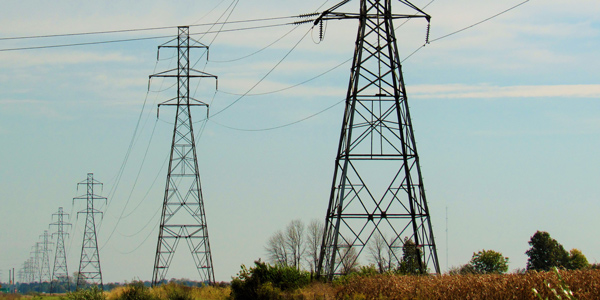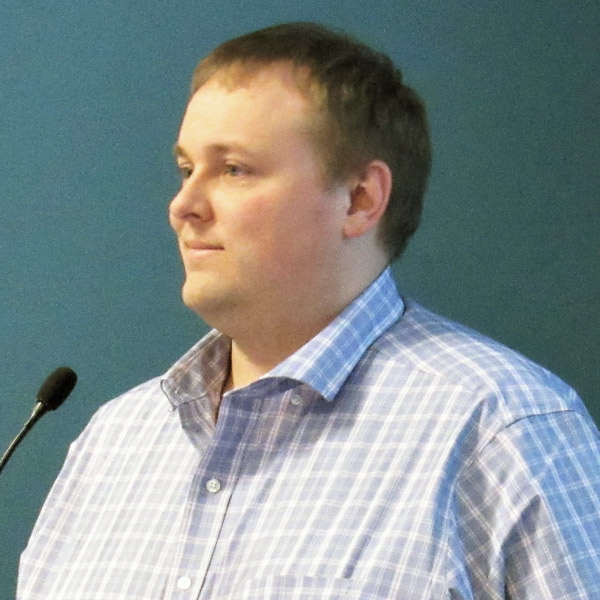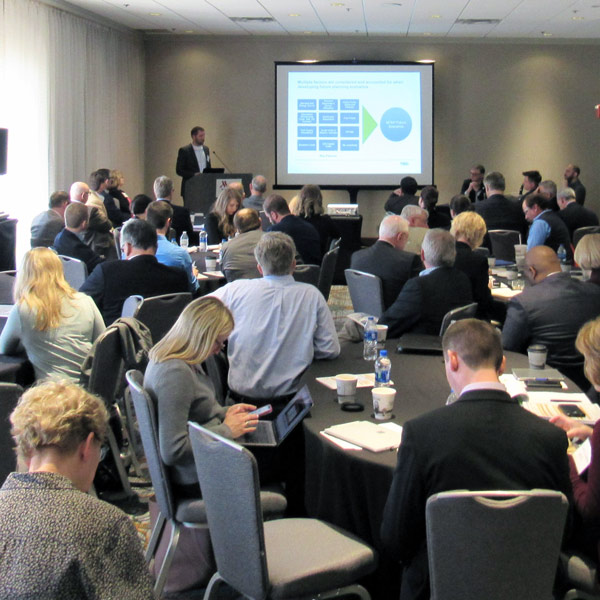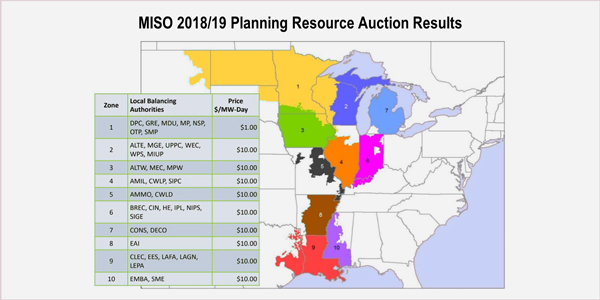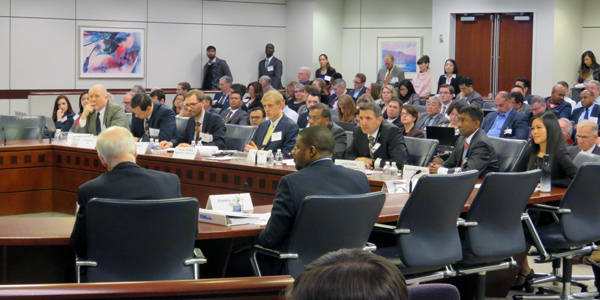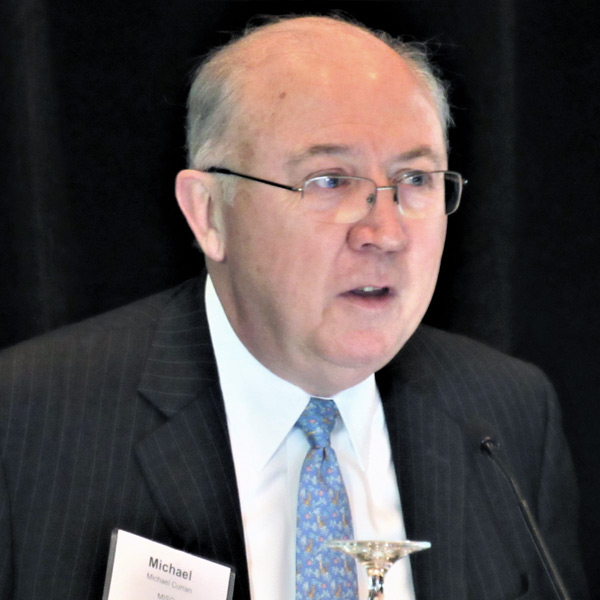MISO
MISO Advisory Committee (AC)MISO Board of DirectorsMISO Market Subcommittee (MSC)MISO Planning Advisory Committee (PAC)MISO Regulatory Organizations & CommitteesOrganization of MISO States (OMS)MISO Reliability Subcommittee (RSC)MISO Resource Adequacy Subcommittee (RASC)
The Midcontinent Independent System Operator is a regional transmission organization that plans transmission projects, administers wholesale markets for its membership and manages the flow of electricity in Arkansas, Illinois, Indiana, Iowa, Kentucky, Louisiana, Michigan, Minnesota, Mississippi, Missouri, Montana, North Dakota, South Dakota, Texas and Wisconsin.
The U.S. Justice Department said that a Minnesota law granting in-state transmission owners rights of first refusal on grid additions is unconstitutional.
FERC approved the MISO proposal to shorten the window of time it allows for altering estimated capacity volumes for projects in the interconnection queue.
Hundreds of investors, utility executives and others gathered for Bloomberg New Energy Finance’s Future of Energy Summit.
MISO said it has concluded that a short-term capacity reserve product would be cost-effective and beneficial to reliability.
MISO is switching gears on a previous proposal to discontinue its practice of forecasting long-term capacity import and export limits.
Industry experts talked about the trends dictating new energy infrastructure at a Midwest Energy Policy Series panel hosted by the Missouri Energy Initiative.
MISO reported clearing 135 GW of capacity, with nine of its 10 local resource zones clearing at $10/MW-day.
Nuclear Energy Institute CEO Maria Korsnick expressed support for FirstEnergy’s request that the Department of Energy declare an emergency in PJM.
Panelists at day 2 of FERC’s technical conference on distributed energy resources (DER) focused on the role of electric distribution companies (EDCs).
MISO Chairman Michael Curran last week denied an RTO Insider story quoting him as saying that the RTO should “burn down” the 3,000-MW limit on flows between its North and South regions if necessary to prevent load shedding.
Want more? Advanced Search

